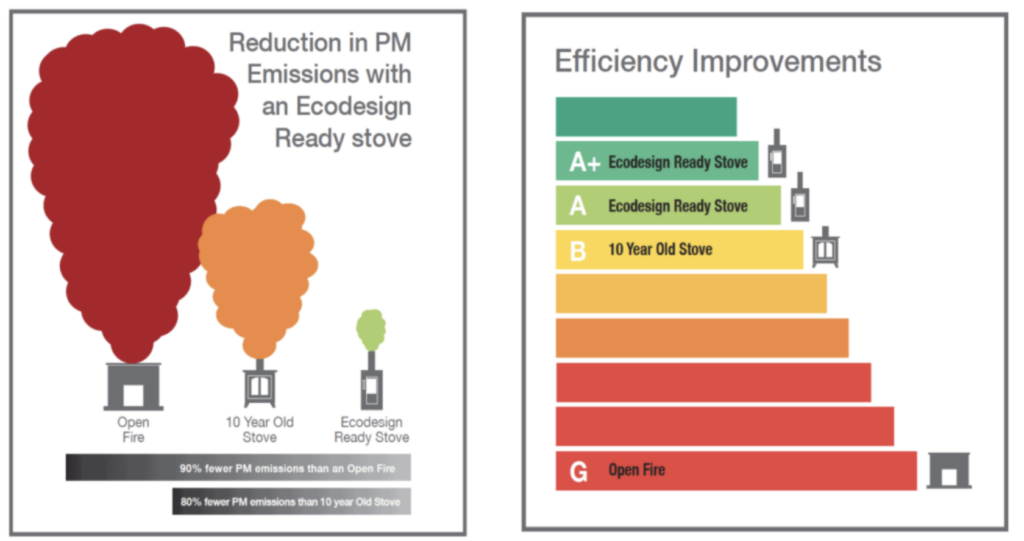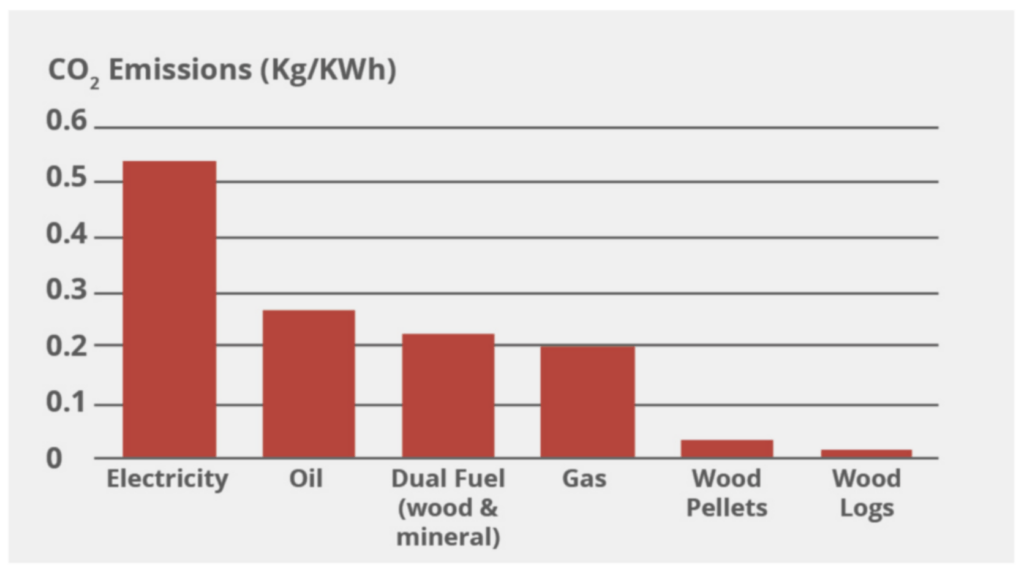Following on from our recent blog post announcing Clean Air Night – a recent campaign with the objective of raising awareness of the supposed impact that wood-burning stoves have on air pollution. We wanted to dispel some of the various comments that have been made in more detail.
As mentioned, a number of misleading and sometimes false claims were made, which were designed to worry and certainly not educate.
We dug a little deeper. There were a few of these points that needed addressing in more detail. These comments were found on the Action for Cleaner Air website / Clean Air Hub, and they included:
Comment – Cutting down trees destroys forests, damages ecosystems and leads to biodiversity loss
Fact – It’s overly simplistic and wrong to assume, with regards to harvesting for firewood, that one healthy tree is cut down in full and then chopped up and burnt for firewood – destroying forests and ecosystems as they go. The fact is thriving, healthy trees are not cut down for firewood. More often than not, firewood comes from the thinning of healthy trees to allow the growth of mature trees and the removal of dead, damaged or dying trees.
The removal of these trees and thinning from woodland promotes better, more rapid growth of the remaining biomass. So the thinning of mature trees for firewood and the removal of dying trees actually helps the increased absorption of CO2.
Comment – Wood is not a carbon-neutral fuel
Fact – If used correctly, stoves, and the burning of wood can be carbon neutral. Burning correctly seasoned wood on an Ecodesign stove can produce less carbon dioxide than if the wood was left to rot on the floor of a forest. It’s been reported that worldwide, dead and decaying wood releases around 10.9 gigatons of carbon every year. This is around 115% of annual fossil fuel emissions.
If trees are planted at the same rate as they die, you have a sustainable and renewable energy source. Trees capture carbon dioxide from the air. As water moves up the trunk and into the branches of the trees, along with the presence of sunlight, a process known as photosynthesis occurs. The carbon dioxide and water essentially mix, resulting in the release of oxygen back into the atmosphere.
Comment – Wood burning in an open fire or stove – even an “ecodesign” stove – is the most polluting way to heat your home. Even homes with the newest “ecodesign” wood burners are three times more polluted than those without.
Fact – Grouping an Eco-Design stove and open fire in this ‘throw-away’ style of writing “is the most polluting way to heat your home” is incredibly misleading. The diagram below outlines the difference in pollution levels. An Ecodesign stove has 90% fewer emissions than an open fire.

Comment – For the same amount of heat or energy, burning wood releases more carbon dioxide (CO2) than oil or gas
Fact – CO2 is removed from the atmosphere by growing trees at the same time as it is released by the combustion of the previous harvest. To reflect this closed loop CO2 cycle, the carbon factor for wood logs in the official software used to measure the energy efficiency of homes (SAP) is 0.008kg of carbon per kW compared with 0.198kg for gas, 0.274kg for oil and 0.517









